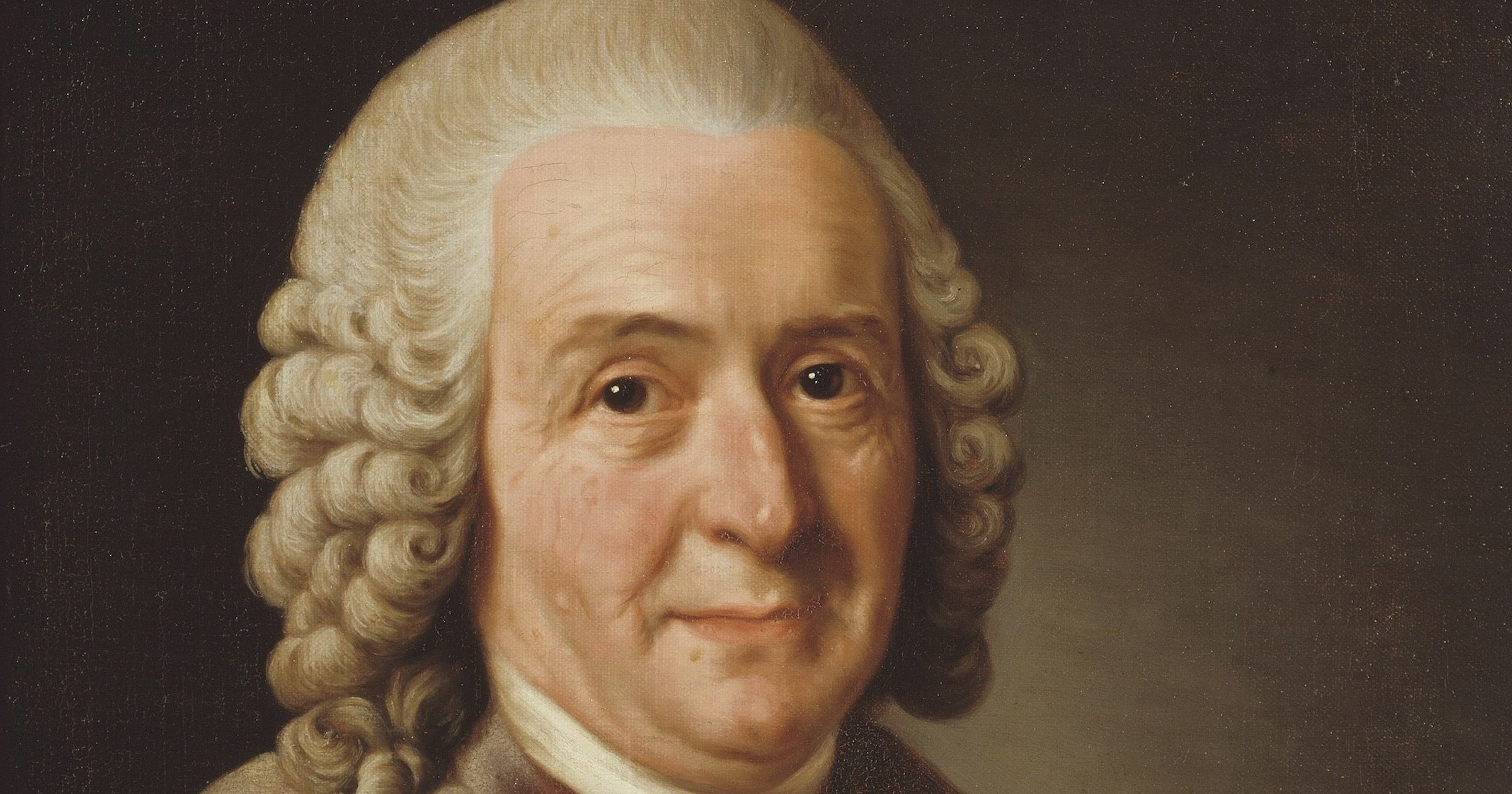 Evolution
Evolution
 Free Speech
Free Speech
 Intelligent Design
Intelligent Design
Revising the Linnaean System: Where to Locate Viruses? And the Problem with Mitochondria

An open access article at Biological Reviews is worth a look. See “Renewing Linnaean taxonomy: a proposal to restructure the highest levels of the Natural System.” The authors, intriguingly, include biochemist David Speijer. Remember him? Back in 2020, as biologist Jonathan Wells recently summarized,
[Speijer] recommended that Internet searches hosted by tech giants explicitly discriminate against intelligent design; if the tech giants resist, the government should “make them,” he wrote. In particular, Speijer recommended “mandatory color-coded banners warning of consistent factual errors or unscientific content, masquerading as science.”
The venue for this remarkable call for government censorship of science was the peer-reviewed biology journal BioEssays. What set off Dr. Speijer were a couple of articles here at Evolution News.
But We Digress
The authors, including Speijer, point out that viruses, by far the most abundant “biological” (meaning, comprising nucleic acid and protein, but non-cellular) objects on Earth, need a category beyond “domain.”
Most interesting, however, is their artful way of accommodating the really astonishing, and unexpected, diversity of mitochondria throughout the domain Eukarya. See if you can detect, in this passage, how the falsification of the original endosymbiotic hypothesis — namely, that mitochondria are all modified alpha-protetobacteria — turns into a prediction of evolution (p. 9, emphasis added):
…a merger of two lineages resulting in great molecular and evolutionary innovation appears to represent an insurmountable challenge to a strictly cladistic approach to taxonomy…Another way of looking at this conundrum is that most researchers have tended to treat mitochondria as if they were still alpha-proteobacteria. However, this approach results in a taxonomic paradox. Mitochondria of different eukaryotic species have evolved to be quite different, and when treated as proteobacteria, logic dictates that mitochondria of different eukaryote species should be described as a plethora of new species of proteobacteria. But the conception of such a bacterial tree mirroring the host tree is likely ill-advised: the evolution of mitochondrion and cytoplasm is fully integrated.
Put more simply:
- Eukaryogenesis was a singularity: an unknown archaeal cell engulfed an alpha-proteobacterium, and they set up housekeeping together.
- All mitochondria are thus the descendants of that singularity, and therefore should not differ fundamentally.
- But mitochondria are astonishingly different. See the data from Roger et al. here.1
- Never mind, don’t worry about (3) — “the evolution of mitochondrion and cytoplasm is fully integrated.”
The fact is, (4) is no solution, but represents yet another disaster for the coherence of evolutionary theory. Any theory that cannot be challenged (i.e., tested) by data cannot be supported by data.
A Pending Crisis
Lastly, viruses represent a pending crisis (pp. 12-13, emphasis added):
Viruses do not have an equivalent of omnis cellula e cellula [all cells from cells] and are entirely distinct from cellular life…in contrast to the cellular world, viruses do not have any genes that are common to all of them, meaning that a single viral phylogenetic tree cannot be produced. Recent evidence also suggests viruses to be polyphyletic in origin, following complex evolutionary scenarios, e.g. with different types of primordial replicons becoming viruses by recruiting host proteins for virion formation and new groups of viruses emerging all the time upon displacement of ancestral structural or even replication genes.
Put bacteriophage into a sterile buffer — no bacteria — and nothing will be replicated. The notion of a pre-cellular or a-cellular “primordial replicon” is thus a fantasy wholly unsupported by evidence. One would think that a journal referee or editor would ask the authors, “Hey, what’s the observational basis for saying that viruses can replicate themselves without cells in their immediate environment?”
One would think. Right?
Notes
- “Studies of the mitochondria of diverse unicellular, multicellular, photosynthetic and anaerobic eukaryotes have overturned the essentialist textbook view of mitochondria as a single ‘type’ of organelle; mitochondrial genomes and proteomes differ substantially across eukaryotic diversity” (p. R1178).
